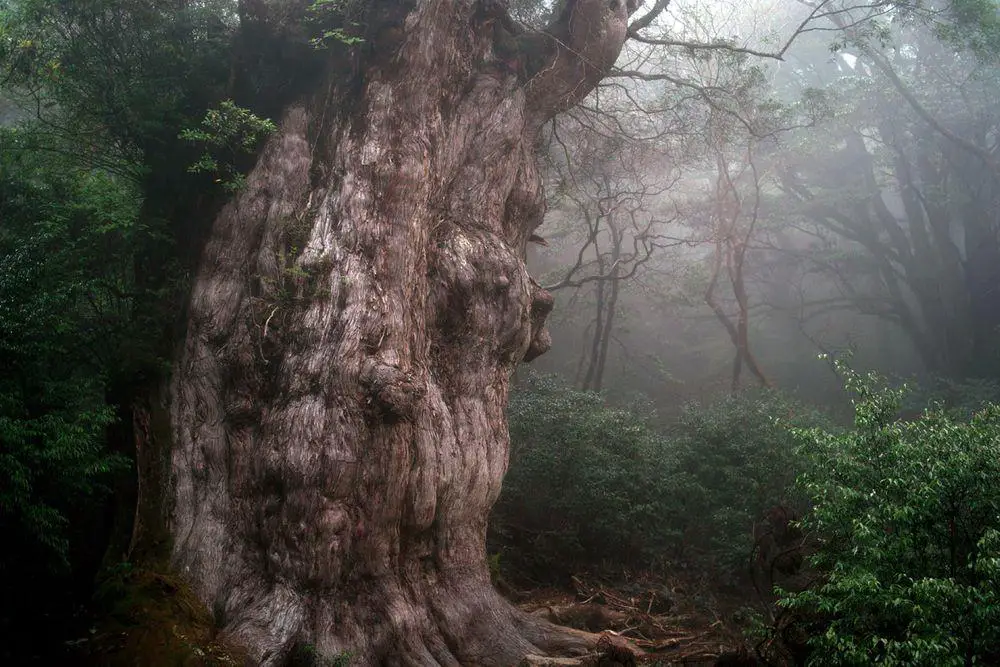 In short
In short
Up to the recent time Glencoe Baobab was the stoutest known tree in the world – it had a circumference of 46.6 m. Going around such a baobab takes quite a lot of time!
 33.8%
33.8%
GPS coordinates
Location, address
Species
Height
Diameter
Circumference
Crown diameter
Map of the site
If you see this after your page is loaded completely, leafletJS files are missing.
 In detail
In detail
Much of the South African landscape has been transformed by people but the area around Glencoe Baobab still is in a comparatively natural state, although nearby there are wast agricultural lands. This increased the visual impression created by this tree… until it collapsed in November 2009.
Close to the ground, the incredible giant divided into several trunks – the main trunk long ago has lowered itself on the ground. Thus Glencoe Baobab was smaller in volume than the largest known tree in South Africa – Sagole Baobab, although the diameter of the Glencoe giant is by one third larger.
Investigators of baobabs should take into account that the trunk of these trees might decrease in dry years. This variation can be significant – another baobab in 1946 was by 60 cm less in diameter than in 1931!
It is estimated that the tree could be several thousand years old although it has not been proven scientifically.
Split tree
In November 2009 the enormous tree unexpectedly split into two parts (5). As noted by the tree ecologists, the tree split into two parts due to the fact that it had a hollow. In general, the baobabs are very sturdy and keep standing even with enormous hollows.
Now the tree is totally split up, but fallen parts still are green.
Legends
The smooth bark of baobabs is well suited for carving inscriptions. Glencoe baobab had such carvings from 1893 and 1896 (2), in total there were thousands of inscriptions.
There is though also a legend of treasure connected to this tree. Towards the end of Boer Wars, there were sent two wagon loads of Kruger gold ponds northwards, to the Oliphants River. It is told that near the Hoedspruit the gold was hidden in a hole made in the baobab trunk. The ingenious local method was used to hide the treasure: a termite queen was buried with the gold thus expecting that there will rise a termite mound and cover the hole in the baobab (4).
Who can say now whether this is true or not and if yes – whether the gold still is there. But treasure hunters are firmly asked to go and look for something elsewhere – any digging or cleaving at the unique Glencoe Baobab can damage it.
References
- Siyabona Africa Travel, Kruger national park accomodation and safari guide. Accessed: the 20th January 2010
- Plantzafrica, South African National Biodiversity Institute’s plant information website. Accessed: the 20th January 2010
- List of champion trees published for comment. South African Department of Water Affairs and Forestry, 2005
- Gerald E. Wickens, Pat Lowe. The baobabs: pachycauls of Africa, Madagascar and Australia. 2008. ISBN: 978-1-4020-6430-2
- Tree doctors to the rescue, Times Live, December 19 2009. Accessed: the 20th January 2010
 Linked articles
Linked articles

Wonders of South Africa
South Africa is extremely rich in unusual archaeological and natural monuments. Highlights are the rich finds of rare minerals, unique ecosystems, finds of the first humans, and some great waterfalls.

Trees
The category includes some of the most impressive and interesting separate trees in the world. The total number of tree species in the world still is a wild guess – maybe 10,000 and maybe 100,000 but most likely somewhere in between. Every month there are reported new tree species from the whole world, including Western Europe.

Wonders of Africa
Africa has many outstanding wonders and some of the most surprising ones are the heritage of Egyptian civilization, the vernacular architecture of the Sahel region, tropical ecosystems, and others.
 Recommended books
Recommended books
Tree of Life: The World of the African Baobab
Text and pictures document the life cycle of this amazing tree of the African savannah, and portrays the animals and people it helps to support
The Remarkable Baobab
Standing tall on the sunburned plains of Africa and Australia, baobabs may be the oldest life forms on the planet. Many of the specimens still standing today have been around for well over two thousand years. Tremendous in size and bizarre in appearance, they have provided food, medicine, and places of refuge and worship to countless peoples, even serving as prisons and tombs on occasion. Long before European explorers opened up the African continent, the news of these “gnarled upside-down giants” had astonished the world of science and stoked the imagination of naturalists everywhere.


